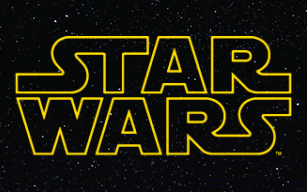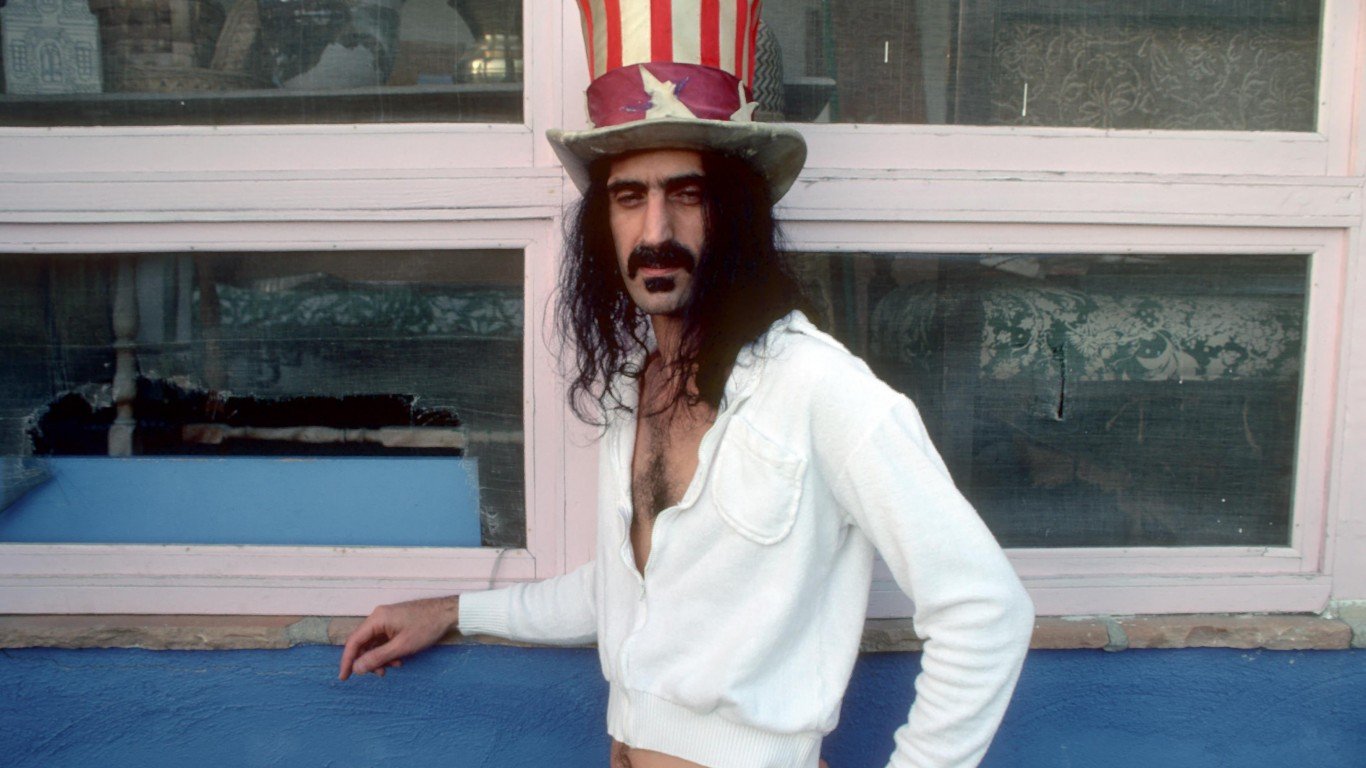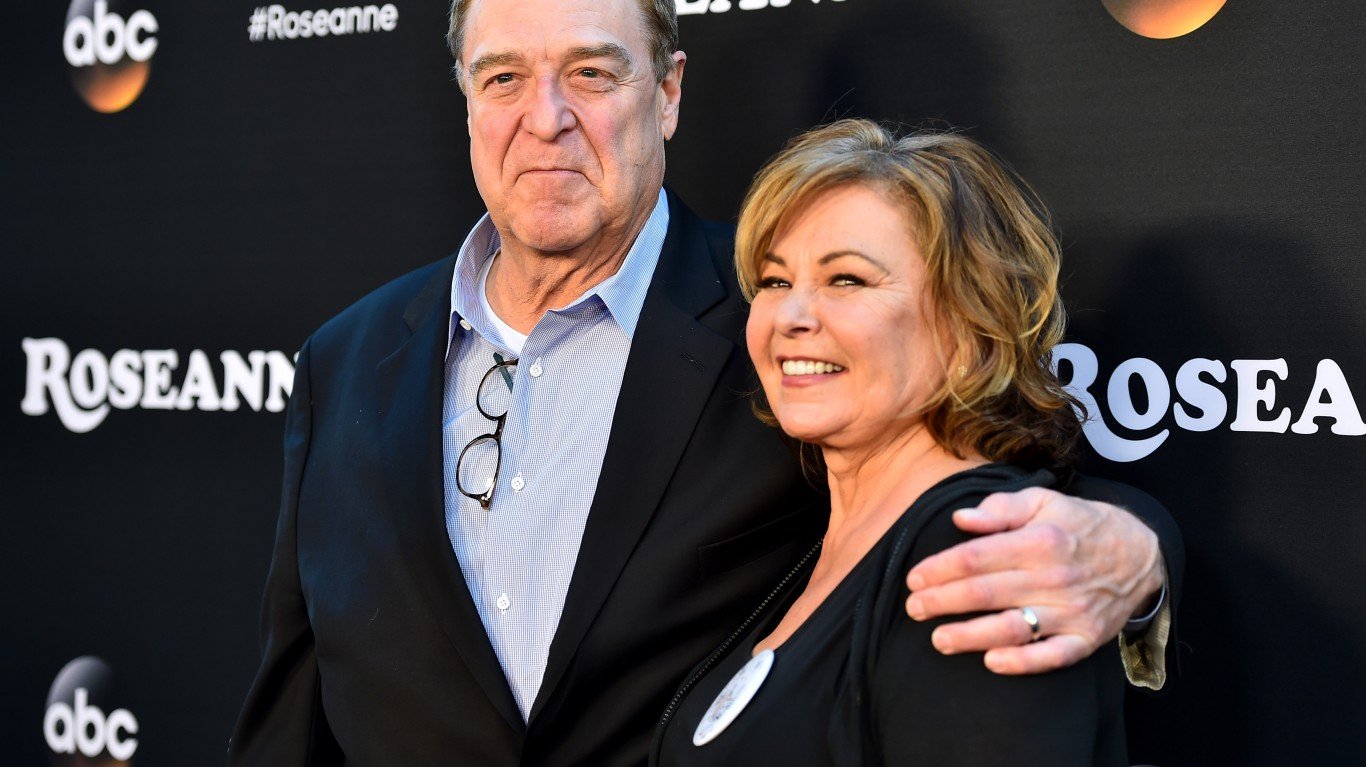The bull market is now almost six years old. It turned out that 2014 brought gains of 7.5% for the Dow Jones Industrial Average (DJIA) and 11.4% for the S&P 500 Index, outside of dividends. Walt Disney Co. (NYSE: DIS) exited 2014 at $94.19, for a way above average gain of 24.9%, including its dividend adjustments. 24/7 Wall St. has evaluated Disney and other DJIA stocks in a bullish and bearish analysis to see what lies ahead in 2015 and beyond. Source: starwars.com
Source: starwars.com
One key consideration for the year ahead is that Disney will start to see the hype from the upcoming Star Wars franchise hit. The first preview showed almost nothing of what to expect, yet the interest around the first trailer was massive as tens of millions of views were seen in the first weekend alone.
The 2014 trading range is $69.85 to $95.93. The consensus analyst price target of $96.50 would imply upside of 2.5% this year. Then there is the dividend yield of 1.2% to consider, which was a 34% payout gain from its previous level. When we ran our 2014 bullish and bearish DJIA analysis a year ago, Disney was expected to only gain 0.03%.
As of the end of 2014, it seemed as though Disney could do no wrong. Almost every step under Bob Iger has been a hit, and even the misses have been mere speed bumps. The Star Wars acquisition cost of $4 billion or so almost certainly will have been a steal for Disney when you consider the coming generational sales. We once tallied up that Star Wars had generated around $30 billion in all-time sales when you consider the sales outside of just movie tickets.
ALSO READ: The Bullish and Bearish Case for Nike in 2015
Also, analysts have opined that Disney is worth $100 per share (or more) for many reasons outside of Star Wars. The entertainment and media giant seems to keep having win after win, and the Marvel and Pixar deals have added handily to the overall effort. Even pricing woes around ESPN have been overcome, and price hikes at the theme parks have not prevented families from showing up and crowding them.
Another driving force that could help Disney out is lower gas prices. Nearly all aspects of its business would seemingly win if consumers have more spending money in their pockets.
So, what could go wrong for Disney? Disney has a market cap of $160 billion. Its stock has enjoyed a great run up. Still, its $1.15 dividend generates a dividend yield of only 1.3% or so — and that puts it in the bottom five DJIA stocks when you consider only the dividend yield. Another issue is that the Disney dividend is a holdover of the policy of years past where the dividend is paid out only once per year. How many shareholders are going to hold on endlessly for a dividend yield that is so low — even if that dividend hike was far larger than we expected ahead of the news?
Another thing to consider is that Disney is valued at more than 20 times expected 2015 earnings. This is a big premium to the broader market. And that high valuation is even after Disney achieved record revenue, record net income and record earnings per share for the fourth year in a row in 2014. Here is a statistic that might make investors wonder how much this growth can continue: Disney shares have risen a whopping sixfold since the panic selling bottom of March 2009.
ALSO READ: The Bullish and Bearish Case for Coca-Cola in 2015
What if there is a misstep that shareholders have to digest? What if something unforeseen happens along the way to the Star Wars release? Hopefully there are no incidents at the theme parks or on its cruises. The company keeps executing hand over fist, but history dictates that all companies can be the victim of unexpected events.
With a dividend-adjusted performance of 24.9% in 2014, Disney’s total upside from analysts with the dividend included is expected to be about 3.7% in 2015. Can Mickey Mouse and friends deliver another great year?
Take This Retirement Quiz To Get Matched With A Financial Advisor (Sponsored)
Take the quiz below to get matched with a financial advisor today.
Each advisor has been vetted by SmartAsset and is held to a fiduciary standard to act in your best interests.
Here’s how it works:
1. Answer SmartAsset advisor match quiz
2. Review your pre-screened matches at your leisure. Check out the
advisors’ profiles.
3. Speak with advisors at no cost to you. Have an introductory call on the phone or introduction in person and choose whom to work with in the future
Take the retirement quiz right here.
Thank you for reading! Have some feedback for us?
Contact the 24/7 Wall St. editorial team.



